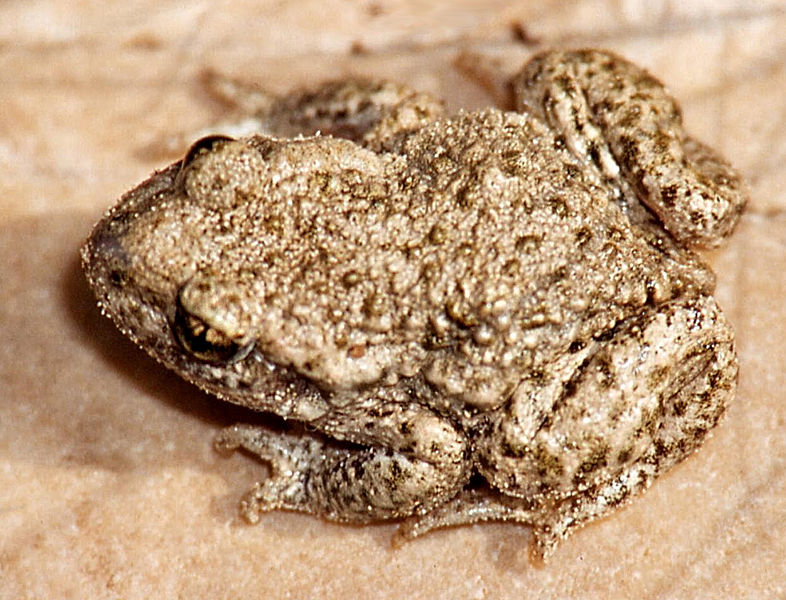Scientists have shown that, when it comes to conservation, sometimes it's possible to do more harm than good.
 Writing in this weeks edition of Current Biology a team from Imperial College in London have shown that a captive breeding programme aiming to boost the numbers of an endangered species known as the midwife toad inadvertently led to the infection of the animals with a deadly disease.
Writing in this weeks edition of Current Biology a team from Imperial College in London have shown that a captive breeding programme aiming to boost the numbers of an endangered species known as the midwife toad inadvertently led to the infection of the animals with a deadly disease.
In recent years amphibians around the world have come under threat from a virulent chytrid fungus called Bd (Batrachochytrium dendrobatidis) that infects the animals' skins and impairs their ability to exchange gases and water. However, the problem was not previously known to affect these toad populations in Europe, which were endangered chiefly through loss of habitat to an invasive frog species and being preyed upon by viperine snakes.
However, following the captive breeding programme and reintroductions of the animals to the wild the disease surfaced in the population, prompting scientists to search for its origins. They screened archived samples from animals that had been invovled in the breeding programme and showed that they were clearly infected. They then discovered that the same facility had also housed a species of rare South African frog, which was kept close to the toads. These too were infected. Genetically the strains of the fungus found in the specimens and in the wild were identical.
"This shows," says lead researcher Matt Fisher, "that species reintroduction programmes can have unpredicted and unintended effects". Thankfully the team think that the midwife toads will survive the infection, but they say that there's a lesson to learn from this which is that we need to pay much more attention to the potential for this kind of infectious transmission to occur.










Comments
Add a comment